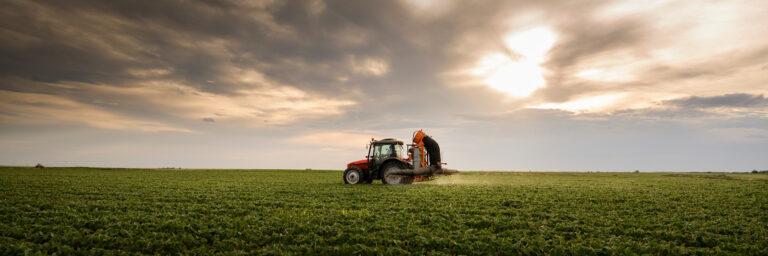
April Business Update: SRUC
After two years of operation as a Limited Company, Agrecalc became part of Scotland’s Rural College (SRUC) as of 1 April 2025.
Carbon emissions have become a hot topic across all industries over the last few years, and agriculture, contributing to 23.9% of Scotland’s greenhouse gas emissions, is no exception to the discussion. Unlike other industries, agriculture is recognised in playing an important role in managing the landscapes, including having both positive and negative carbon flows.
In the context of policy debates about a new system of ‘public money for public goods’, farmers are understandably keen to have a clear recognition of their role in managing carbon and the environment. However, quantifying these interactions is challenging, due to the complexity of interactions between agricultural management practices and existing environmental systems; SRUC and the Agrecalc team continues to work at the forefront of research in this area.
The key to beginning assessing the impact of agricultural emissions is to understand the dynamic nature of both agricultural management practices and naturally occurring environmental processes. The carbon cycle in agriculture involves, among other pathways, the conversion of CO2 in the atmosphere to carbon in plant biomass through photosynthesis, then to animal biomass through grazing, and finally to soil carbon through the decay of plant material and animal waste. This, in turn, is recycled into the atmosphere by soil microbial activity, creating a balanced cycle. Plants can also release CO2 back to the atmosphere via respiration.
The detailed account of how and why these interactions happen and how improvements can be made are on our Understanding soil carbon page.
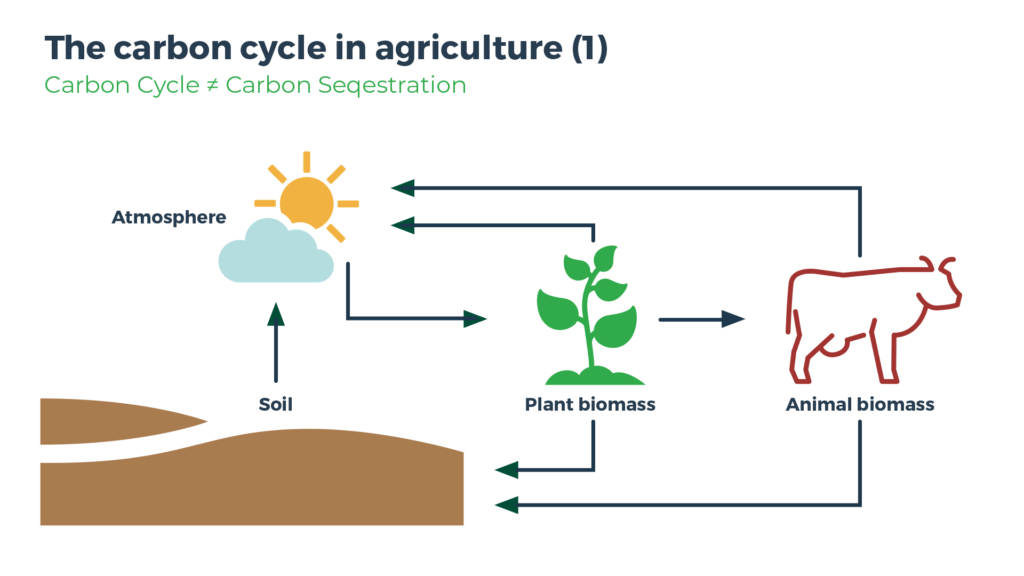
Carbon stocks refer to the level of carbon within an area of land on the state of equilibrium within the natural carbon cycle. This is a dynamic state and stocks are constantly determined by various natural factors such as soil type and climate. Researchers at SRUC managed to simulate these effects and integrate carbon stocks, which are determined prior to any effect of land management, such as agricultural use.
However, agricultural and other land management practices can have an impact on whether these carbon stocks are maintained, increased (i.e. sequestration), or reduced (i.e. loss) through how the components of the carbon cycle are managed, such as through land use, management, and inputs.
Carbon sequestration can occur over time when agricultural practices increase soil carbon stocks. Examples of practices that are shown to have a positive impact on soil carbon stocks include improving grassland sward, reducing stocking density on grasslands, optimising manure application, or reducing tillage effects on soil.
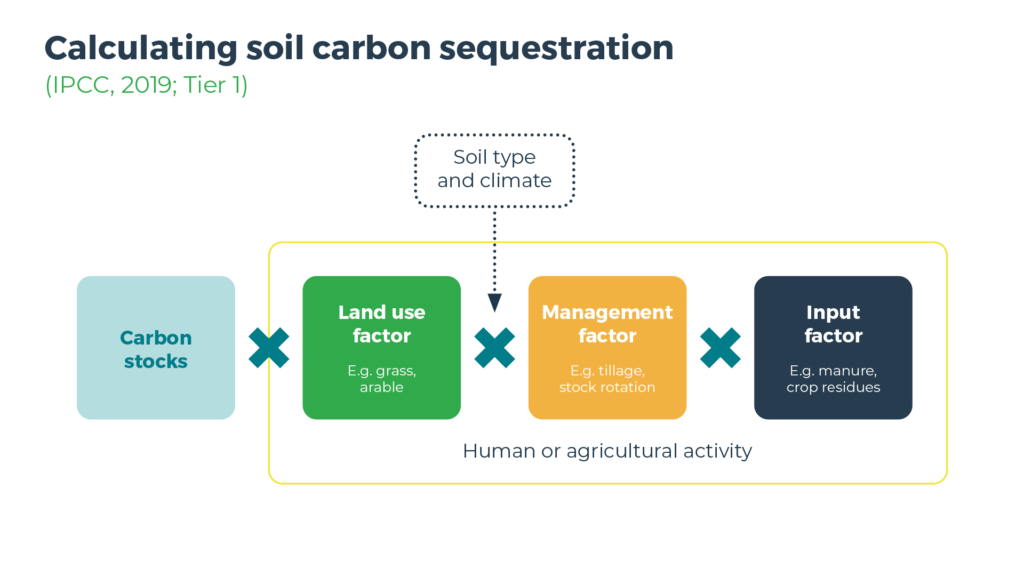
It will take approximately 20 years for new management practices to improve the soil carbon and the carbon stocks to reach a new higher level of equilibrium (based on IPCC standards), therefore practices need to be implemented continually over and beyond the to maintain the improved level of carbon stocks.
While soil carbon sequestration is an important process to recognise and quantify in agriculture, it cannot be perceived as the silver bullet to offset all emissions from production systems.
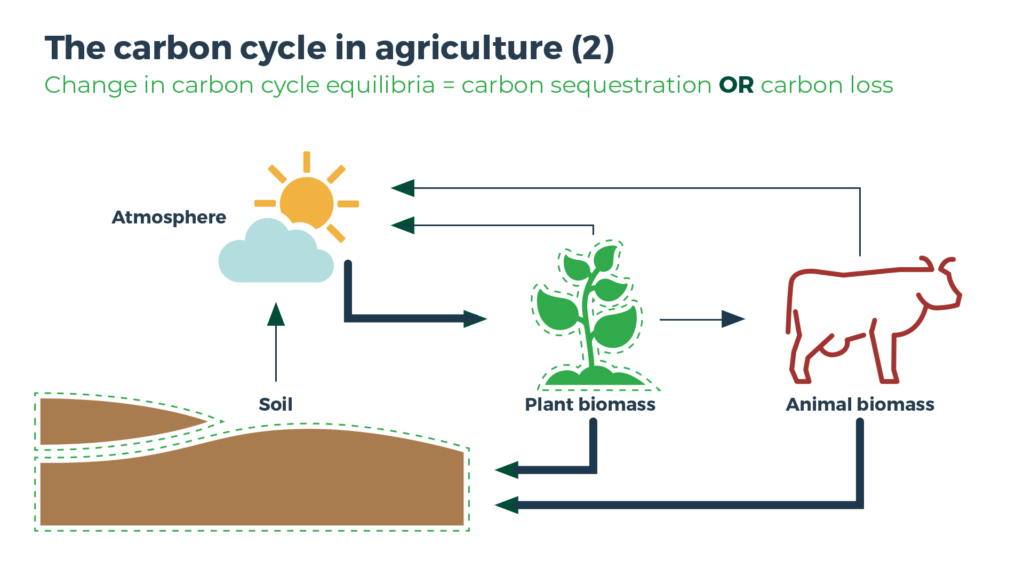
While the potential for carbon sequestration of grasslands may not be enough to offset farm emissions, reducing farm emissions can still have a significant impact on improving your farm’s carbon footprint. Improved efficiency measures can reduce carbon by 10-15%, as well as potential cost savings, so knowing and managing your carbon footprint is a good tool for building future business resilience; low carbon farms are efficient farms.
Also, before any offsetting is considered, a more holistic approach on farms can lead to positives and contribute to carbon insetting – more details on this process in our Carbon insetting blog.
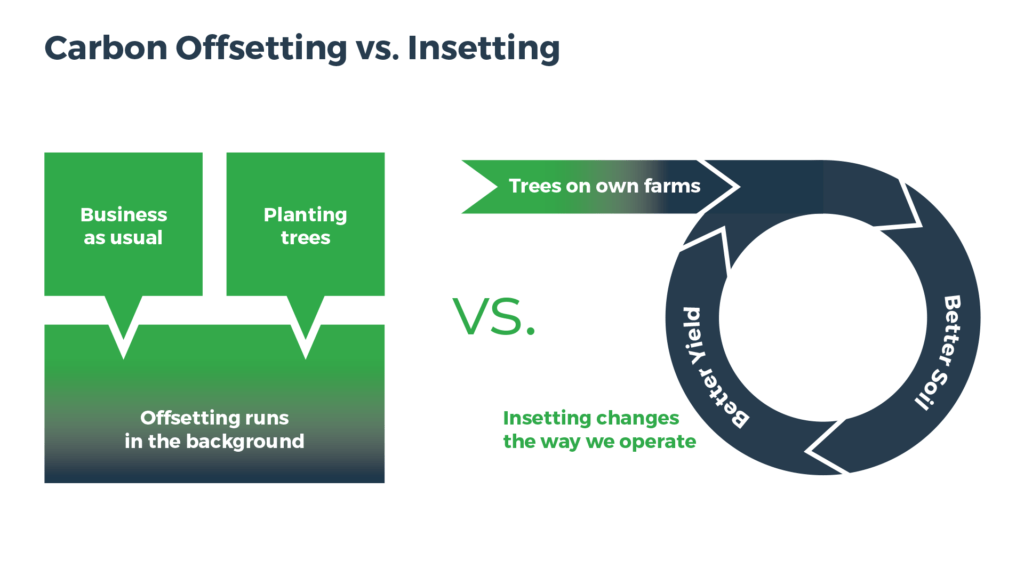
Agrecalc’s Soil Carbon Module (currently in re-development) is a response to increasing interest, from not just policymakers but retailers and large commercial farms, as well as financial institutions and input manufacturers.
This shows that the industry is reacting to incentives to disclose the environmental impact of production within supply chains and to the end consumer. It also answers the question of why measure carbon sequestration – carbon (and other GHG emissions) are mainly a business issue, and being able to quantify the total carbon footprint of a farm signposts towards a sustainable approach.
The consumer may sometimes seem a long way from the day-to-day life of a farm, but there are more close-to-home ways that carbon is important for the farm business.
This text is adapted from AgriBusiness News June 2020

Service Development and Industry Delivery - Agrecalc at SAC Consulting Solutions.
Anna is contributing to consumer support and delivery of commercial work including market research, policy and economic analysis, and resource planning.

After two years of operation as a Limited Company, Agrecalc became part of Scotland’s Rural College (SRUC) as of 1 April 2025.
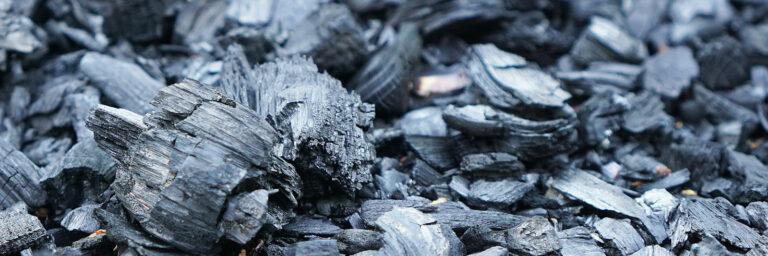
Biochar is a carbon-rich material produced by pyrolysing biomass, which offers a variety of potential agronomic benefits. In this guest article, Black Bull Biochar discusses how these effects work together to bolster productivity, sustainability, and resilience in farming.

The Agrecalc team is looking forward to welcoming you at our stand (2.844) at this year’s Low Carbon Agriculture Show, taking place on March 5 and 6, at NAEC Stoneleigh near Kenilworth.